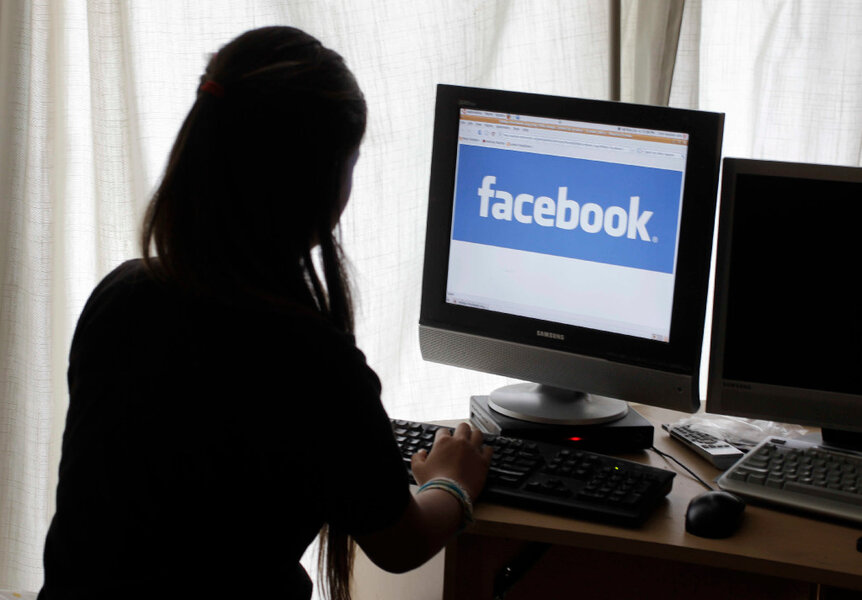A rise in critical skills for sharing news online
Loading...
A new survey by Harvard University finds more than two-thirds of young Americans disapprove of President Trump’s use of Twitter. The implication is that Millennials prefer news from the White House to be filtered through other sources, not a president’s social media platform. The poll fits nicely with other data that suggests plugged-in news consumers are starting to take more care in how they navigate all the retweets, likes, and shares of the digital age.
Most Americans rely on social media to check daily headlines. Yet as distrust has risen toward all media, people may be starting to beef up their media literacy skills. Such a trend is badly needed. During the 2016 presidential campaign, nearly a quarter of web content shared by Twitter users in the politically critical state of Michigan was fake news, according to the University of Oxford. And a survey conducted for BuzzFeed News found 44 percent of Facebook users rarely or never trust news from the media giant.
Young people who are digital natives are indeed becoming more adept at separating fact from fiction in cyberspace. A Knight Foundation focus-group survey of young people between ages 14 and 24 found they use “distributed trust” to verify stories. They cross-check sources and prefer news from different perspectives – especially those that are open about any bias.
“Many young people assume a great deal of personal responsibility for educating themselves and actively seeking out opposing viewpoints,” the survey concluded.
Such active research can have another effect. A 2014 survey conducted in Australia, Britain, and the United States by the University of Wisconsin-Madison found that young people’s reliance on social media led to greater political engagement.
Social media allows users to experience news events more intimately and immediately while also permitting them to re-share news as a projection of their values and interests. This forces users to be more conscious of their role in passing along information. A survey by Barna research group found the top reason given by Americans for the fake news phenomenon is “reader error,” more so than made-up stories or factual mistakes in reporting. About a third say the problem of fake news lies in “misinterpretation or exaggeration of actual news” via social media.
In other words, the choice to share news on social media may be the heart of the issue. “This indicates there is a real personal responsibility in counteracting this problem,” says Roxanne Stone, editor in chief at Barna Group,
“To be a good steward of our social media platforms includes a responsibility to do our research: to fact-check a story before sharing it, to double-check a news source to make sure it’s a credible one, to attempt to widen our circles and our reading outside our own echo chambers and biases,” she adds.
So when young people are critical of an over-tweeting president, they reveal a mental discipline in thinking skills – and in their choices on when to share on social media.







